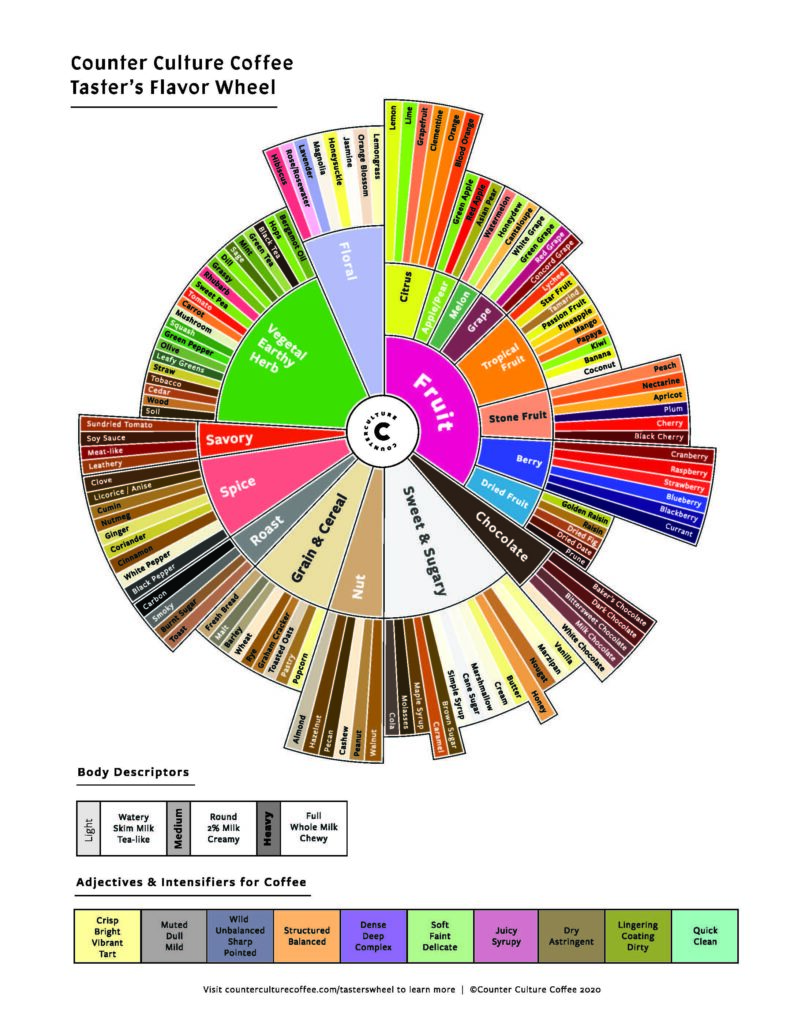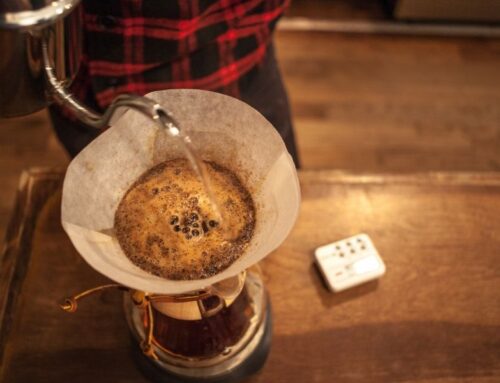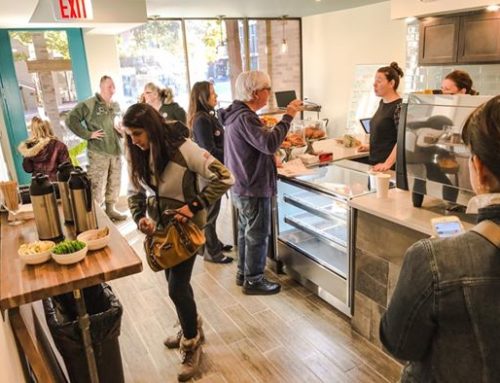Get ready to release your inner coffee snob.
Diving into coffee flavor profiles is as complex and fun as with wine. What good coffee is for you is ultimately subjective, just as what wine you prefer is subjective. With the complexity of flavor, roasting methods, and brewing methods one cup just doesn’t really taste the same to any two people.
We think that’s pretty cool.
It’s also a little confusing when the barista gives you multiple options for your morning cup. So, we put together this very (very) high-level primer on coffee flavors. If you really want to dig deep, head over to Caffe Amouri, our coffee supplier, where they do tastings and classes. The classes are fun and so educational. Just click right here to sign up.

We found this coffee flavor wheel on the Counter Culture website, where they have a ton of articles (if you feel like going down a rabbit hole for a while). But we’re just going to share the five basic categories so you can order with confidence.
Here is what you need to know:
Body
Body is mouth feel, or viscosity (thickness), and aftertaste. The coffee beans oils and organic acids that are extracted during the brewing process contribute to the body. Notice if it is thick and rich on your tongue like whole milk or is thin like water. Thicker is better.
Acidity
The acidity is a tangy, sharpness you feel toward the front of your mouth, a numbing on the tip of your tongue, or dryness at the back of your palate. The lighter the roast, the more acidic it tastes. For comparison, lemon juice is about 2.0 on the acid scale and milk is 6.5. Coffee comes in around 5 to 7. Acidity in coffee is a good thing, especially if it’s a little higher on the scale.
Bitterness
Extra dark or over-extracted roasts will usually be bitter (like coffee from the big coffee chains we will not name). A little bitterness is okay, but if the coffee tastes burnt and you have to put a ton of cream and sugar in it to make it drinkable, that’s likely because it’s too bitter. A perfectly roasted, quality cup of coffee does not need cream or sugar and will often have a lovely sweetness to it.
Sweetness
Ever taste chocolate, fruit, or caramel in your coffee—that is without adding syrup? These notes indicate the amount of sucrose or fructose in the coffee. The bean origin will impact sweetness, just like a grape’s origin impacts wine.
Sourness
Sourness can be confused with acidity, but they are different. We like acidity. But sour notes are harsh and biting. If it feels like you’re sipping vinegar, the coffee is too sour.
How to find your perfect flavor
The best way to test the flavor profile is in a straight, black pour over. Mocha lattes are tasty, but not good for actually tasting the coffee (and perfect for lower quality roasts because all that yummy chocolate masks the bitterness).
With a pour over, you can see how the flavor changes as the coffee cools. Drinking one is a great way to get to know a coffee bean.
Have fun getting to know the coffee flavors and your personal preference. When you start thinking coffee the way you think of wine, a whole world of possibility opens to you.





Leave A Comment